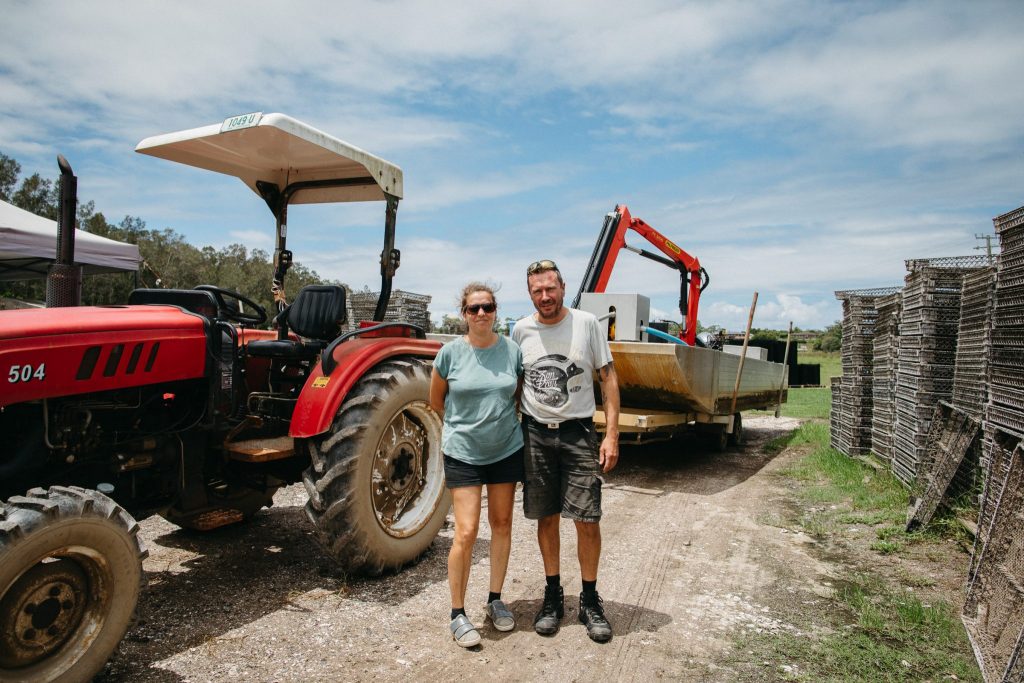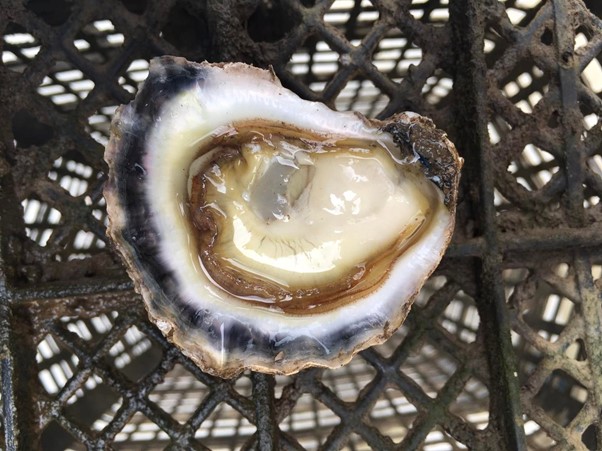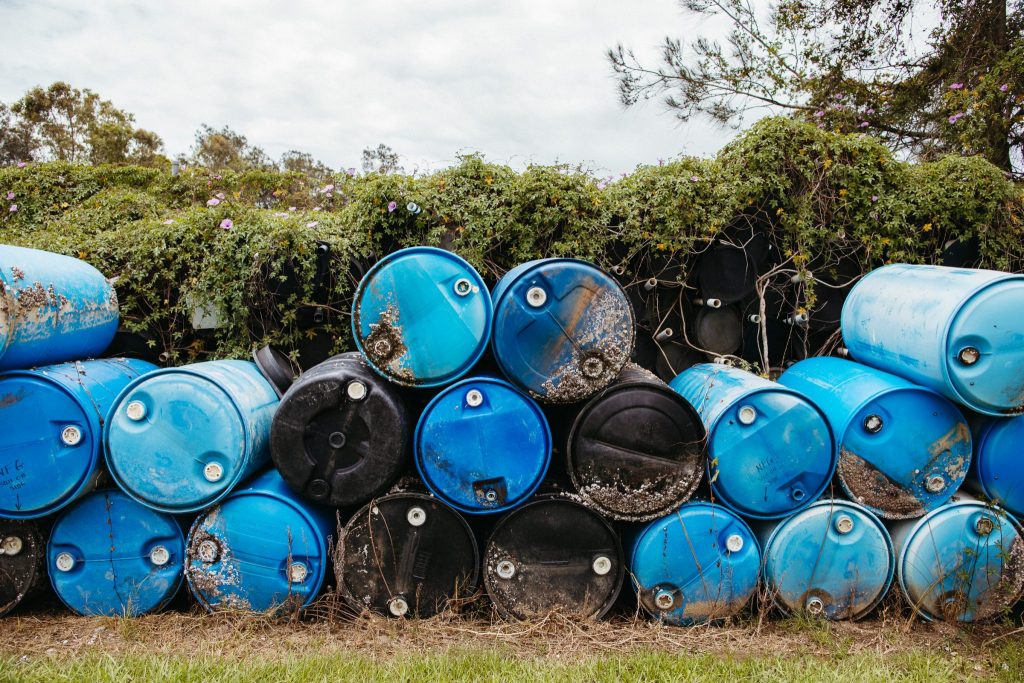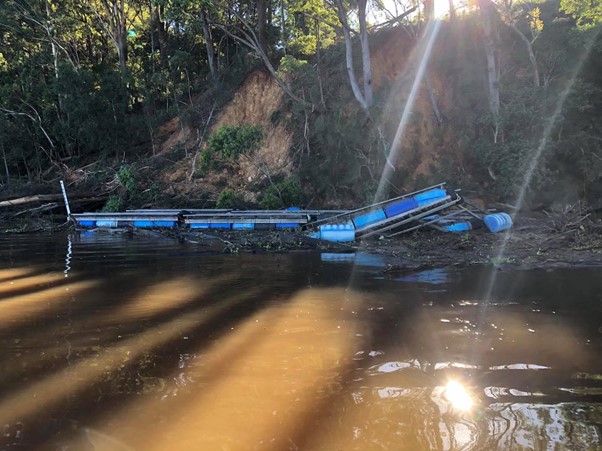Oysters in Lockdown Again – Shuck Horror
The oyster farmers of the Nambucca River are doing it tough, again. A sewerage leakage into the river in April triggered an oyster harvest shut down. They’ve been given the All Clear and reopened, but the necessary shut down meant the growers missed the valuable Easter sales. Like farmers everywhere, the Nambucca oyster farmers are feeling the effect of global warming.
Fighting Fire and Flood
If you read our February article, ‘Oyster Love’, you’ll know that the delicious Nambucca River oysters have been in short supply since 2020, when the oyster farms were devastated by fire, then flood. As we revealed, water purity is paramount to harvesting and selling Australian oysters, with stringent regulations and testing maintaining a safe food source. Food security is non-negotiable, but when contamination is a regular event how can the industry sustain itself?
A Different Kind of Lockdown
Each river lockdown for sewerage contamination lasts 21 days, costing oyster farmers thousands in lost sales. With oyster farmers already battling rain and fire damage, bearing the preventable fallout from sewerage leakage is unfair, to say the least.
The only up side to this story is that it demonstrates the stringent protection of our food security laws.
But where is the sewerage coming from?
Up-river is Macksville. Coastbeat contacted the Nambucca Shire Council’s Manager of Water and Sewerage, Richard Spain . Mr Spain expressed his deep sympathy for the oyster growers, but explained that the extreme weather events experienced in the region have added unmanageable storm water volume to the storm drain system.
”Council is trying to find the sources of infiltration into the system and eliminate them,” Mr Spain said. “But with these weather conditions there is no easy solution. Our pumps are going 24/7.”

Ongoing River Pollution
This is understandable. However, the farmers Coastbeat spoke to describe an ongoing issue. They say that the last contamination was as recent as 7 February 2022 but anecdotally, the fallout from sewerage contamination has been a problem for years, decades even.
The Department of Primary Industries (DPI) are aware that sewerage contamination is an issue for many waterways. On the Nambucca, the DPI divides the river estuaries into areas of risk, advising the oyster growers accordingly, recommending moving to safer zones as the data becomes available.
The Importance of Food Security
The availability of data is increasing with technology. Water testing is more accurate and more detailed, which allows for the detection of a greater number of biohazards, resulting in a greater frequency of river closures. The only up side to this story is that it demonstrates the stringent protection of our food security laws. No small thing.

To combat contamination, the Nambucca growers always depurate their oysters after harvesting. This is not required of oyster farmers everywhere. Depuration involves leaving the oysters in huge tanks of seawater for up to 48 hours to cycle out any contaminants. However, the flooding on the Nambucca has meant that the growers cannot access river water clean enough to use for depuration. So, the depuration is required because the river water is contaminated, but the depuration cannot happen because the river water is contaminated…in 2022 that is a disheartening catch.
Can We Fix It?
So what is the solution? Towns like Macksville are growing, especially with the post-covid influx of tree-changers. And who wouldn’t want to live in Macksville – it’s a beautiful town. But as the flood-affected farmers of the northern rivers have pointed out, food contamination, whether from flood, fire or whatever, creates food scarcity, which affects us all. What can you do? Buy local, for starters. Follow the oyster farmers to show support. Recycle plastics, so they don’t add to the waterway contamination. Eat more oysters!
Read our first story about the resilient Nambucca River oyster farmers. Read Gina’s personal account of the northern rivers floods.





